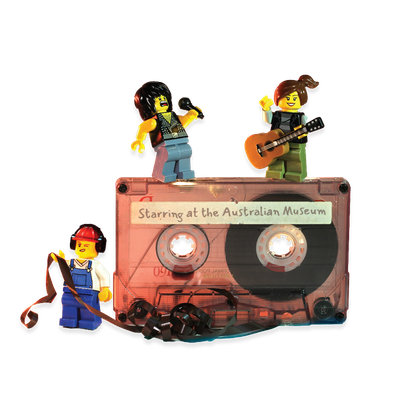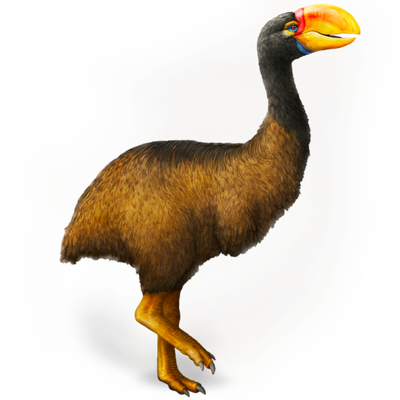Your search returned 39 results
By Page Type
By Tag
- All
- fish (966)
- blog (696)
- fishes of sydney harbour (401)
- First Nations (299)
- Blog (236)
- AMRI (169)
- archives (164)
- Eureka Prizes (146)
- Aboriginal and Torres Strait Islander (135)
- insect (126)
- Ichthyology (124)
- geoscience (109)
- minerals (102)
- climate change (100)
- podcast (94)
- Fish (91)
- Anthropology (89)
- International collections (80)
- Minerals Gallery (78)
- wildlife of sydney (78)
- Labridae (77)
- frog (74)
- gemstone (70)
- history (64)
- photography (64)
- Mollusca (60)
- gem (59)
- staff (59)
- Birds (56)
- Gems (56)
- Indonesia (56)
- education (56)
- shark (55)
- AMplify (54)
- people (53)
- earth sciences (50)
- past exhibitions (50)
- exhibition (49)
- Gobiidae (48)
- sustainability (46)
- Pomacentridae (45)
- Serranidae (44)
- lifelong learning (42)
- science (42)
- Earth and Environmental Science (41)
- Syngnathidae (41)
- Ancient Egypt (40)
- Bali (40)
- bird (40)
- dangerous australians (40)
-
What are trilobites?
https://australian.museum/learn/australia-over-time/fossils/what-are-trilobites/Trilobites are an extinct group of arthropods (jointed-legged animals) known from more than 10,000 fossil species.
-
Palaeontology
https://australian.museum/learn/collections/natural-science/palaeontology/Palaeontology is the study of fossils. Fossils are the remains or traces of prehistoric living things and are preserved in substances such as sediments, coal, tar, oil, amber or volcanic ash, or frozen in ice or naturally mummified.
-
Fossil sites of Australia
https://australian.museum/learn/australia-over-time/fossils/sites/Fossils are a part of our natural heritage and while the vast majority of fossils found by amateur collectors are worth very little in monetary terms, they may be important scientifically.
-
Dinosaurs and their relatives
https://australian.museum/learn/dinosaurs/Discover the Mesozoic era of the dinosaurs! Dinosaurs are classified as a group of reptiles, although some of their features are found in mammals and birds living today.
-
The living dinosaurs
https://australian.museum/learn/dinosaurs/the-living-dinosaurs/Be afraid. One day your pet budgie or that marauding cockatoo may recall the more "primitive" instincts of their relatives. Be very, very afraid - these relatives include T. rex and Velociraptor! Birds are actually specialised theropod dinosaurs.
-
What are conodonts?
https://australian.museum/learn/australia-over-time/fossils/what-are-conodonts/What conodonts were remained a mystery for many years. These microfossils were variously thought to belong to annelid worms, arthropods, molluscs, chaetognaths (marine worms), fish (as teeth), and even plants. The discovery of an articulated 'conodont animal' was a significant breakthrough.
-
Preparing fossils, reconstructing the past
https://australian.museum/learn/australia-over-time/fossils/preparing-fossils-reconstructing-the-past/The very early stages of piecing together the animals and plants of the past involve removing their fossils from the rock and preserving them for study.
-
Fossil sites near Sydney
https://australian.museum/learn/australia-over-time/fossils/sites/fossil-sites-near-sydney/Fossils have been found at many sites near Sydney. Some of these are no longer accessible but coastal exposures still give the amateur collector ample chance of finding good fossils.
-
How are fossils found and excavated?
https://australian.museum/learn/australia-over-time/fossils/how-are-fossils-found/Finding fossils is a combination of hard work, chance and knowing where to look! Fossils are mostly found where sedimentary rocks of the right age are exposed, such as river valleys, cliffs and hillsides, and human-made exposures such as quarries and road cuttings.
-
Discover more
2025 Australian Geographic Nature Photographer of the Year
Special exhibition
Free entry
Now open -
Discover more
Unfinished Business
Special exhibition
Free entry
Now open -
Find out more
Surviving Australia
Permanent exhibition
Free entry
Now open![]()
-
Find out more
Burra
Permanent kids learning space
Free entry
10am - 4.30pm![]()
-
Discover more
Minerals
Permanent exhibition
Free entry
Open daily![]()





